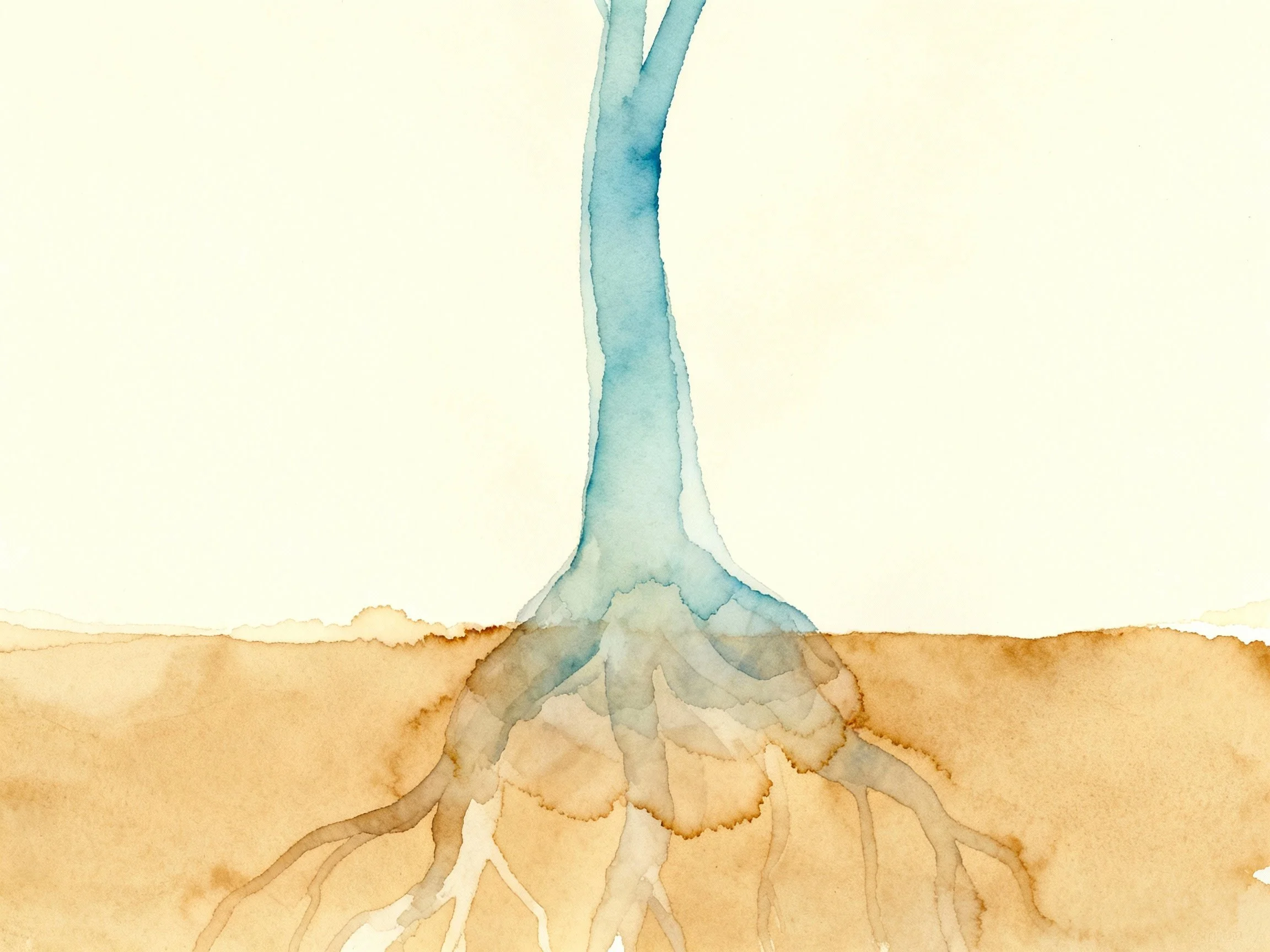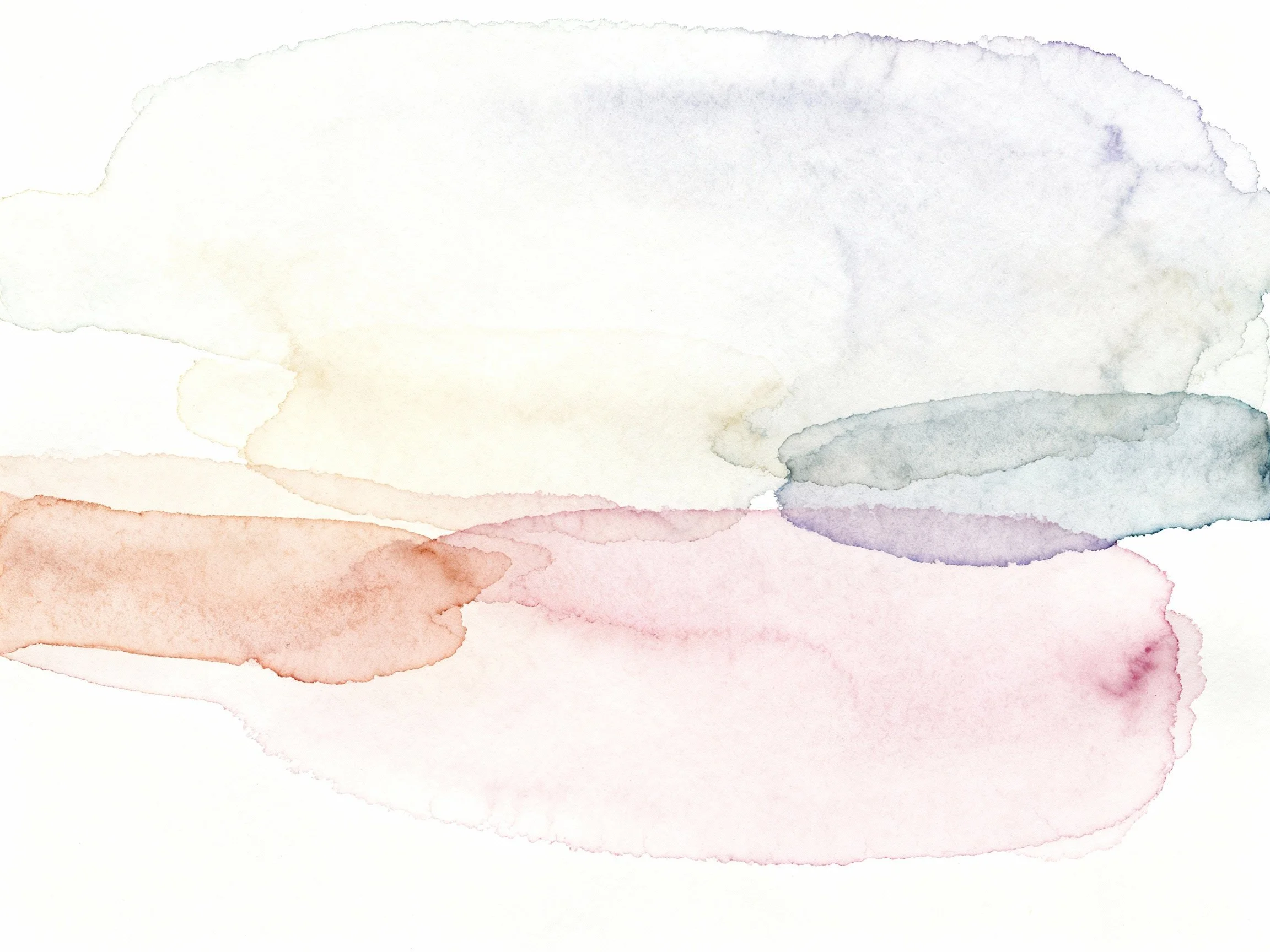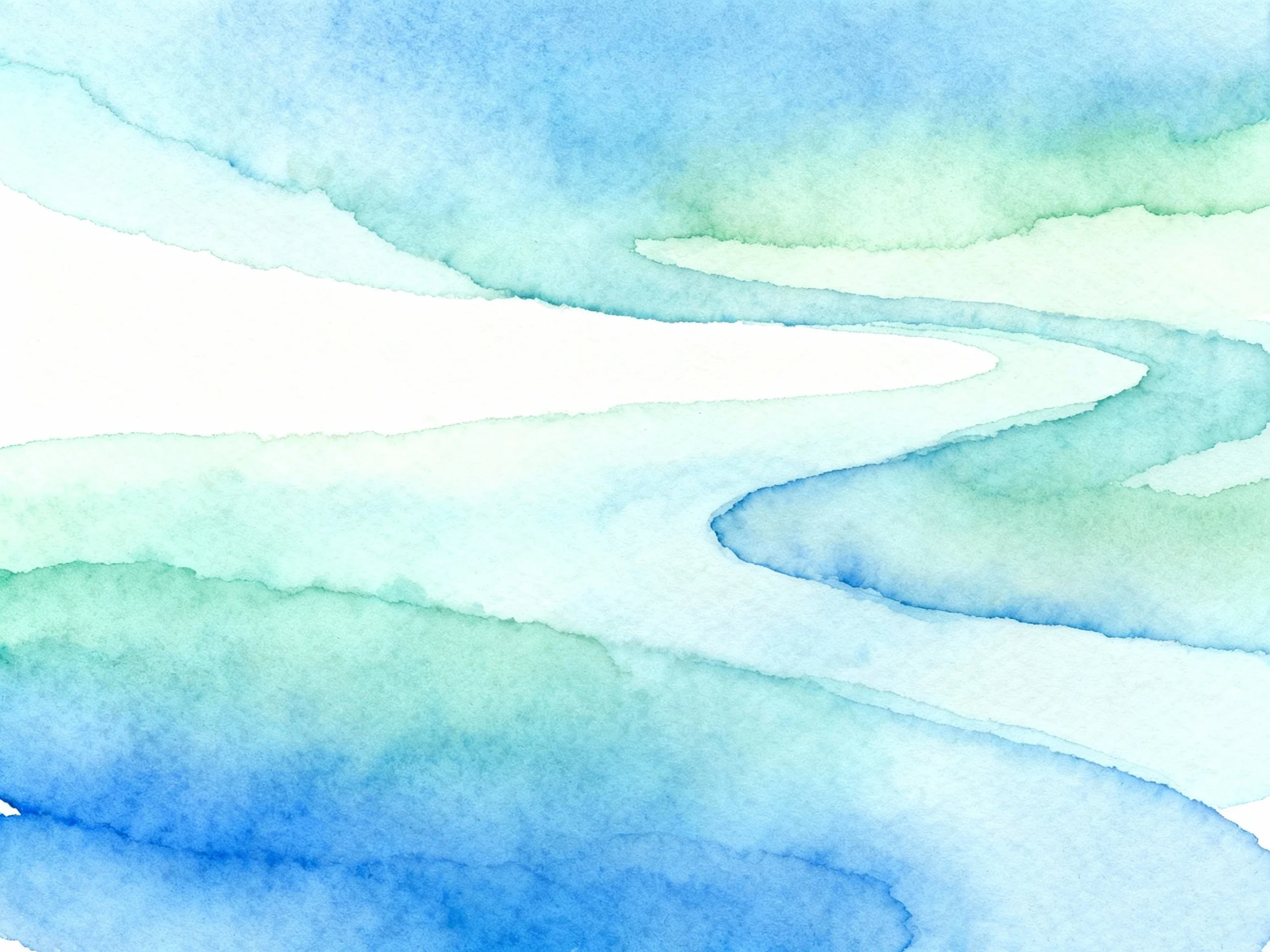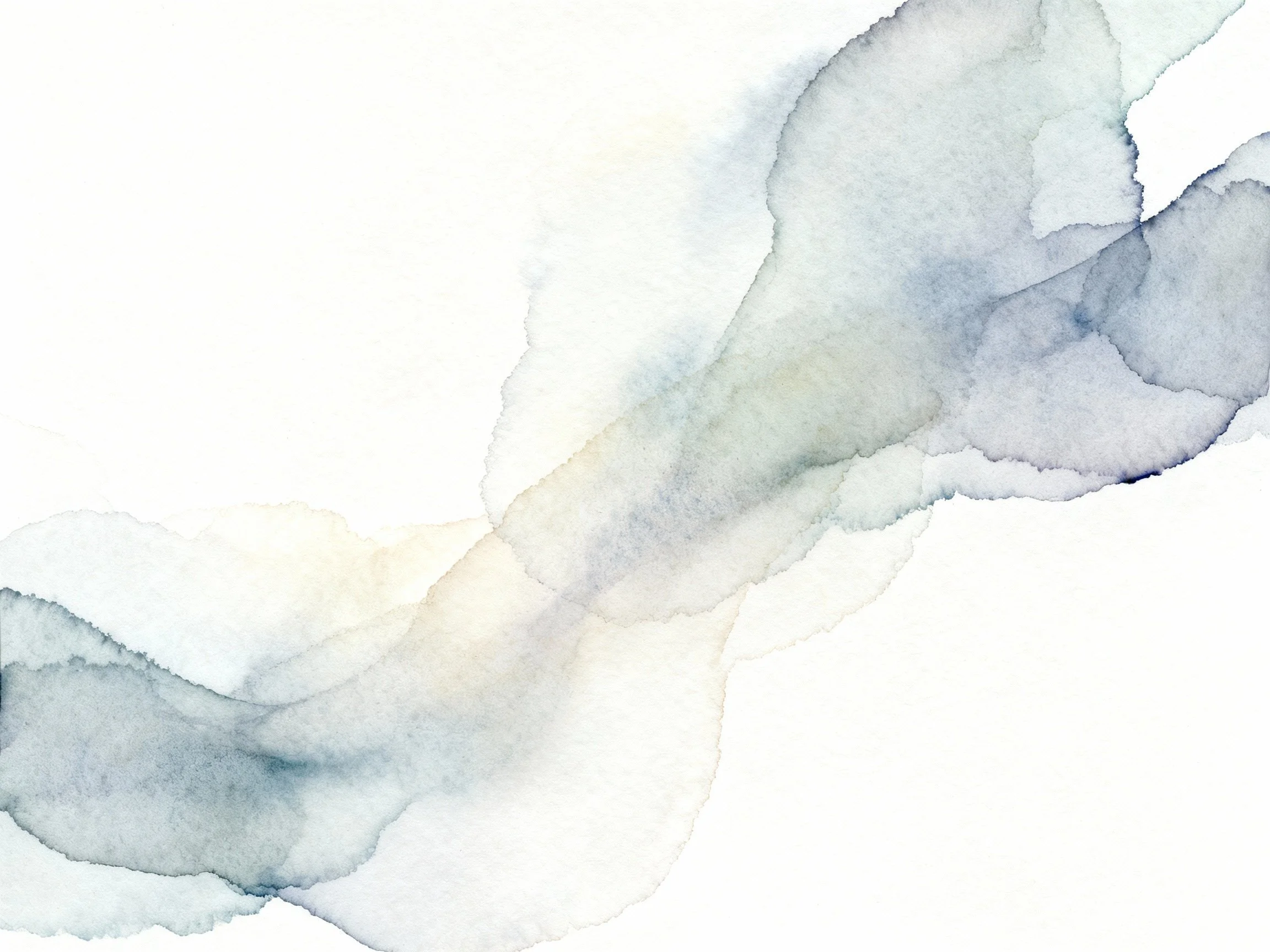Patience: Cultivating Inner Calm in a Fast-Paced World

In our hyperconnected, instant-gratification culture, patience has become a radical act. We expect emails answered immediately, food delivered in minutes, and results from our efforts right now. Yet true growth—whether emotional, spiritual, or even physical—follows nature's timeline, not our demands.
Patience is the second of the seven foundational attitudes of mindfulness, as described by Jon Kabat-Zinn. It acknowledges that things unfold in their own time and that we can't force the flower to bloom faster by pulling on its petals. Patience invites us to trust the process and allow each moment to be exactly as it is.
What is Patience?
Patience in mindfulness isn't about passively waiting or gritting our teeth through discomfort. It's an active, engaged quality—a deep understanding that everything has its own rhythm and timing. It's the wisdom to know that we can't rush our healing, our growth, or even our meditation practice.
When we practice patience, we're essentially saying: "I don't need this moment to be different than it is. I can be with what's here now while moving skillfully toward what might come next."
Understanding Patience Through Examples
Many people confuse patience with resignation or giving up. But patience doesn't mean we don't take action or advocate for change. It means we don't torture ourselves while change is happening—we don't fight against reality as it is in this very moment.
What Patience Looks Like
This job doesn't align with my values. While I'm actively working toward a transition, I can be patient with the process and find meaning where I am now.
What Passivity Looks Like
I hate my job, but I guess I'll just suffer through it forever. There's nothing I can do.
Patience allows us to hold both acceptance of the present moment and intention for the future.
Why Patience Matters
Our brains are wired for impatience. The modern world has amplified this tendency exponentially with instant access to information, fast-food culture, constant social comparison, and relentless productivity pressure. Against this backdrop, patience feels almost countercultural.
Impatience comes with real costs: increased stress and anxiety, poor decision-making, damaged relationships, diminished enjoyment, and stalled growth. Real transformation requires time; impatience can lead us to abandon practices just before they bear fruit.
Impatient with Meditation
I've been meditating for two weeks and I still can't stop my thoughts. This isn't working. Maybe I'm just not cut out for this.
Patient with Meditation
I notice frustration arising about my wandering mind. That's exactly what minds do. Each time I notice and return to the breath, I'm strengthening my attention muscle, even if it doesn't feel dramatic.
Common Misconceptions
Patience means never taking action
Patience doesn't mean you become passive or stop advocating for change. You can still set goals, make plans, and work toward what matters. The difference is in how you relate to the timeline. Patience is about not torturing yourself while change is happening—you can take action while trusting the unfolding process.
Being patient means you're weak
Patience is actually a form of strength. It takes courage to resist the cultural pressure for instant results and trust in a slower, deeper process. Patience is an act of wisdom, not weakness.
Patience means accepting harm
Being patient with a process doesn't mean tolerating abuse or staying in harmful situations. You can acknowledge something is wrong and needs to change while being patient with yourself as you navigate next steps.
You'll eventually become perfectly patient
Patience isn't a destination you arrive at where you never feel impatient again. It's a practice. Even experienced meditators feel impatience—they've just developed the capacity to notice it, understand it, and not be controlled by it. The practice is in how you relate to impatience when it arises.
Understanding what patience is not can be just as important as understanding what it is. These misconceptions often prevent people from truly engaging with the practice. Remember, patience is about wisdom and trust, not about becoming passive or accepting everything without discernment.
Applying Patience in Daily Life
The real test of patience comes in our everyday moments. Here are practical ways to integrate this attitude into different areas of your life.
Buffer Time
Don't book back-to-back meetings. Give yourself breathing room between commitments to reduce the pressure to rush.
Resist Urgency Bias
Just because something feels urgent doesn't mean it is. Take a breath and ask: can I respond thoughtfully instead of reactively?
Value Deep Work
Carve out time for focused, uninterrupted work that requires patience to produce quality. Not everything needs to be done quickly.
Career Development
I'm building skills and relationships that will serve me. I can advocate for advancement while trusting my development process.
Mentor with Patience
Remember what it was like to be new. Give others the time and grace to learn without rushing their process.
Patient Planning
Take time to plan thoughtfully, check in regularly, and make adjustments. This creates sustainable quality over rushed mistakes.
Quick Practices You Can Try Today
The Pause Practice
When you notice impatience arising, take three conscious breaths. Notice where you feel impatience in your body—jaw clenched? Shoulders tight? Then ask: "What's the rush? What am I afraid will happen if I slow down?"
This simple practice creates space between the trigger and your response, allowing you to choose patience rather than react with urgency.
Watch Something Slow
Find something that moves at nature's pace: clouds drifting across the sky, a candle flame flickering, water flowing in a stream, or a plant growing. Spend five minutes simply observing without trying to speed it up or move on to the next thing.
This practice trains your nervous system to settle into natural rhythms rather than demanding everything match your preferred timeline.
The Three-Breath Buffer
Before transitions throughout your day—between meetings, before entering your home, when sitting down to eat—take three conscious breaths. These micro-moments of patience create spaciousness in your day and prevent the accumulation of rushing energy.
Working with Impatience When It Arises
Impatience will arise—that's not a problem. The practice is in how we relate to it.
Notice: "Ah, there's impatience. I can feel it in the tightness of my jaw, the tension in my shoulders, the urgency in my thoughts."
Get Curious: "What's underneath this impatience? Am I afraid? Uncomfortable? Trying to control something I can't control?"
Validate: "It makes sense I feel impatient. I'm uncomfortable or worried or hoping for something to be different. This is human."
Respond with Wisdom: "Even though I want this to change right now, I can take one skillful action and then practice patience with the unfolding."
Frequently Asked Questions
What is patience in mindfulness?
Patience in mindfulness isn't passive waiting or gritting your teeth through discomfort. It's an active understanding that everything has its own rhythm and timing. It means accepting that you can't force the flower to bloom faster by pulling on its petals. Mindfulness patience allows you to be present with what is while moving skillfully toward what might come next, without torturing yourself in the process.
How is patience different from passivity?
Patience doesn't mean you become passive or stop advocating for change. You can still set goals, make plans, and work toward what matters. The difference is in how you relate to the timeline. For example, you might be actively working to transition to a new job while being patient with the process—finding meaning where you are now instead of constantly wishing you were somewhere else. Patience is about wise action, not inaction.
Why do I feel so impatient all the time?
Our brains are wired for impatience, and modern culture amplifies this exponentially with instant access to everything, fast-food culture, and constant productivity pressure. We've trained ourselves to expect immediate results. Impatience often signals discomfort with the present moment or fear about the future. The practice is to notice when impatience arises and get curious: "What am I afraid will happen if I slow down?"
Can patience help with anxiety and stress?
Yes, significantly. Much of our stress comes from wanting things to be different right now and fighting against reality as it is. Patience helps us accept the natural unfolding of events without adding the extra layer of suffering that comes from constant urgency. When you're patient with a process, you're not adding anxiety about the timeline on top of whatever you're already dealing with.
How long does it take to develop patience?
This question itself reveals our impatience! Patience is a practice, not a destination. Even experienced meditators feel impatience—they've just developed the capacity to notice it, understand it, and not be controlled by it. Start with small moments: take three conscious breaths before transitions, choose the slower checkout line intentionally, or give yourself five extra minutes in the morning. These micro-practices build your patience muscle over time.
Reflection Questions
Where in your life are you most impatient right now?
What are you afraid will happen if you slow down or allow things to unfold naturally?
Can you think of a time when patience led to a better outcome than rushing would have?
What might patience feel like in your body?


